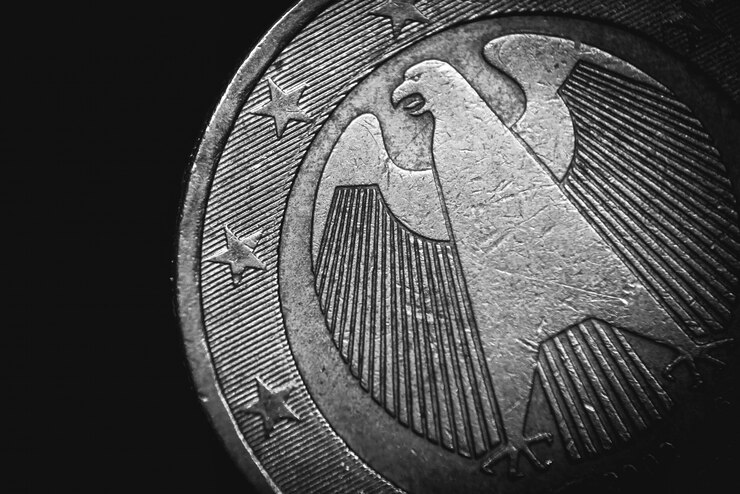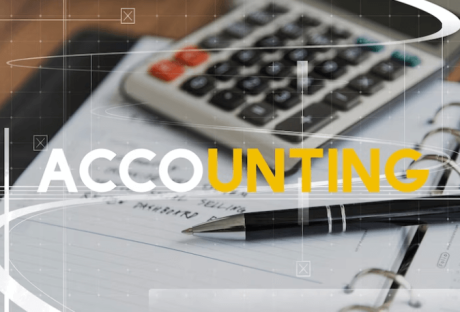As the official bullion coin of the U.S., the gold American eagle coin is sought-after by investors and numismatics. These consumers are intrigued by the coin’s all-American precious metals, the reputation of the coin, and the intricate, detailed design. The interest in collectors for this coin is also due to being one of the top-selling billions in the country.
Serious investors also want to know that they are putting their money into an investment they can count on. Security of investment is a given with American gold eagle coins, as they are the only coins officially backed by the U.S. government. The guarantee eradicates concerns over the coin’s validity in value, which tells investors they are truly getting what they pay for.
With guaranteed quality control, investors and numismatics never need to worry about their investment’s content, purity, weight, or quality of metal. With these facts secured, the investment is set to be used as legal tender or secured as an asset. While the legitimacy of the coin is the most crucial fact about the American Eagle gold coin, here are five additional fun facts to note.
1. The American eagle gold coin is more scratch-resistant than gold buffalos.
The polished surfaces and keen attention to detail are showcased on American eagle gold bullions; their beauty adds to the investor and numismatic interest. Since the American Eagle gold bullion contain 10% copper and silver alloys, it is notably more scratch-resistant than its counterparts, 24-karat Gold Buffalos. Additionally, the U.S. Mint tailors coin production to meet the aesthetic appeal of collectors.
2. There are more opportunities for creative collection display.
Collectors interested in placing their coins into a portfolio may wish to display their collectors’ coins in a unique and creative way. For instance, some collectors may arrange coins based on historical significance, others by type or style. With the American eagle gold coin, you can also organize your portfolio by coin similarity.
For example, the Gold Eagle is similar in design to the Double eagle gold coin. On both coins, Lady Liberty and an American eagle are displayed. Additionally, both indicate the currency value and mintage dates.
3. The gold is sourced by the U.S.
All Gold Eagle coins are produced with gold sourced only from the U.S. The coins may not include metal from unknown or foreign sources during the minting process. As a legal requirement, these specifications are not to be altered for any reason. For collectors looking to invoke patriotism and American pride into their collection, the American Eagle gold coin is a wise investment choice. American-derived gold is of significant historical influence as well for collectors or investors interested in obtaining a piece of American history.
4. The coin value will always remain what it is.
No matter if the price of gold decreases, the American Eagle gold coin retains the value that is minted onto them. Each coin has a face value from five to fifty dollars of legal currency. Regardless of changes in currency, the coin value is maintained, making Gold Eagles a wise investment for those looking to add tangible assets to their portfolios.
Likewise, collectors looking to compile assets to pass on can achieve peace of mind knowing that the American Eagle gold coin will not depreciate in value, no matter how much time goes by or how American currency changes over time.
5. These coins offer the historical significance of legal tender.
Some collectors and investors want to purchase coins that offer historical significance. Interest or appreciation for rich American history can be acknowledged by purchasing a Gold Eagle coin. The first Gold Eagle was introduced in 1986 in response to the Gold Bullion Coin Act Of 1985. The act recognized the value of gold coins with legal currency and precious metals. The American eagle gold coin is the established, official U.S. gold bullion.
Invest in coins with permanent value and lasting significance.
The American eagle gold coin offers numismatics and investors the opportunity to establish a balanced investment portfolio or collectors’ portfolio. As a protected coin, devaluing currencies are not influential, allowing collectors to preserve their coins and maintain their value for future investment opportunities and generations to come.
Read Also:






















